Dyslipidemia is a very common disease in society today due to bad habits in eating, living, and being inactive. The timely and effective treatment of high cholesterol helps to improve the condition and prevent dangerous complications such as heart attack, stroke, and high blood pressure. Fortunately, in parallel with the use of drugs, we also have many options to control natural blood fat.


1. What is Dyslipidemia?
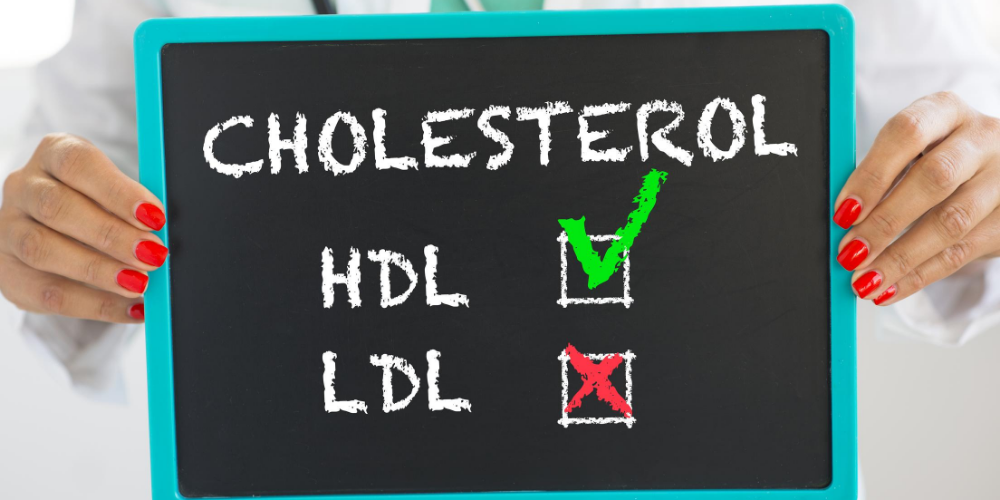

✅ Dyslipidemia, also known as blood lipid, consists of many different components and of which cholesterol is the most important one. Cholesterol has 2 types of good HDL cholesterol and bad LDL cholesterol. Dyslipidemia will appear when good cholesterol reduction and bad cholesterol and triglyceride levels rise.
What is cholesterol ?
✅ Cholesterol is a component of blood lipids and plays an important role in most body activities. Cholesterol is an indispensable factor in the operation of nerve fibers, as well as in the production of certain types of hormones, helping the body function normally and healthy.
✅ Cholesterol is made up of two sources, either in the body or in food. About 75% of blood cholesterol is produced in the liver and other organs in the body, the rest is from food. Cholesterol-containing foods are all derived from animals such as meat, milk, egg yolks, animal organs. Cholesterol has 2 main types: LDL – “Bad” cholesterol and HDL – “Good” Cholesterol.
- LDL – Cholesterol (the bad type): LDL – cholesterol plays the role of transporting most cholesterol in the body. If the cholesterol level is high in the blood, there is a risk of fatty deposits in the walls of blood vessels (especially in the heart and lungs) causing atherosclerosis, so LDL – cholesterol is called “bad” cholesterol. These plaques can eventually cause narrowing or blockage of the blood vessels, possibly even a sudden burst of blood vessels, leading to dangerous complications like a heart attack or stroke. Increased LDL – cholesterol levels can depend on family factors, diet, unhealthy habits such as smoking, not exercising regularly, or people with high blood pressure, diabetes mellitus.
- HDL – Cholesterol (the good type): HDL – Cholesterol accounts for 25-30% of the cholesterol in the blood. HDL – Cholesterol acts as the transporter of cholesterol from the blood to the liver, and also removes cholesterol from atherosclerotic plaques, limiting the creation of dangerous cardiovascular complications, so-called “good” cholesterol. Content of HDL – cholesterol low may be related to smoking habits, not exercising regularly, being overweight, obesity …
2. Why say it dangerous?
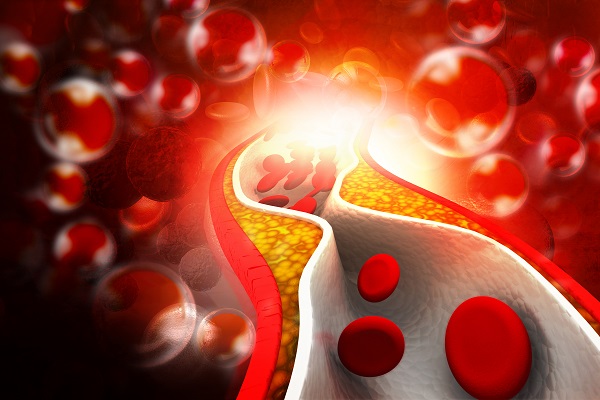

✅ Dyslipidemia is one of the most common diseases today. In particular, unreasonable diet, excess nutrients, sedentary is the leading cause of obesity, high blood fat. Good cholesterol HDL will help collect excess cholesterol and bring them back to the liver while bad LDL cholesterol causes excess cholesterol to build up in the blood for a long time, it will cling to artery walls causing atherosclerosis. Blood lipid disorders or steatosis if not treated promptly will cause many dangerous health complications:
- Diabetes: Fatty blood can cause type 2 diabetes and vice versa. This is caused by disorders of lipid and glucose metabolism in the body. This relationship has been researched and proved by scientists.
- Pancreatitis is one of the dangerous complications that can occur when blood is fat because the very high triglyceride content can cause pancreatitis, causing symptoms such as severe abdominal pain, fever, vomiting, fast breathing, fast heart rate.
- Cardiovascular disease: Elevated LDL- cholesterol and triglyceride levels along with metabolic disorders in the body can also cause dangerous complications for the cardiovascular system. So to have a healthy heart, the first thing is to prevent fatty blood disease.
- Hypertension: Fatty blood causes atherosclerosis, forming blood clots that block the blood’s circulation, and at that time, blood pressure increases. Therefore, the higher the amount of fat in the blood means the more likely it is the disease of hypertension.
- Stroke: The main cause is bad cholesterol and high triglyceride levels that cause atherosclerosis and impair blood supply to the brain. Therefore, for patients with steatosis, the risk of stroke will be many times higher than that of healthy people.
- Impaired liver function: Fatty blood causes triglycerides to increase, along with an increased risk of fatty liver, which is the main cause of liver diseases and directly impairs liver function.
- Pain, numbness of the feet: When there are atherosclerotic plaques in the arteries, the blood flow to the arms and legs is reduced, causing loss of feeling in the arms and legs. It causes pain and numbness in the feet, especially when walking, in addition to the increased likelihood of foot infections.
✅ There are also recent studies that show that not only LDL causes atherosclerotic plaques but oxidized cholesterol, which is controversial. You can read my article about the strategy of Oxidized cholesterol HERE. I would like to say the author’s point of view is slightly different from the traditional but the author’s solutions are quite simple and easy to implement and I appreciate this new solution.
3. The cause of Dyslipidemia
3.1 Age and Gender
✅ Studies have shown that estrogen hormone affects fat metabolism. Women between the ages of 15 and 45 often have lower triglyceride rates than men. However, when they enter menopause, this level of triglycerides and bad cholesterol (LDL) is increasing and increasing the likelihood of atherosclerosis in women.
3.2 Use fatty foods
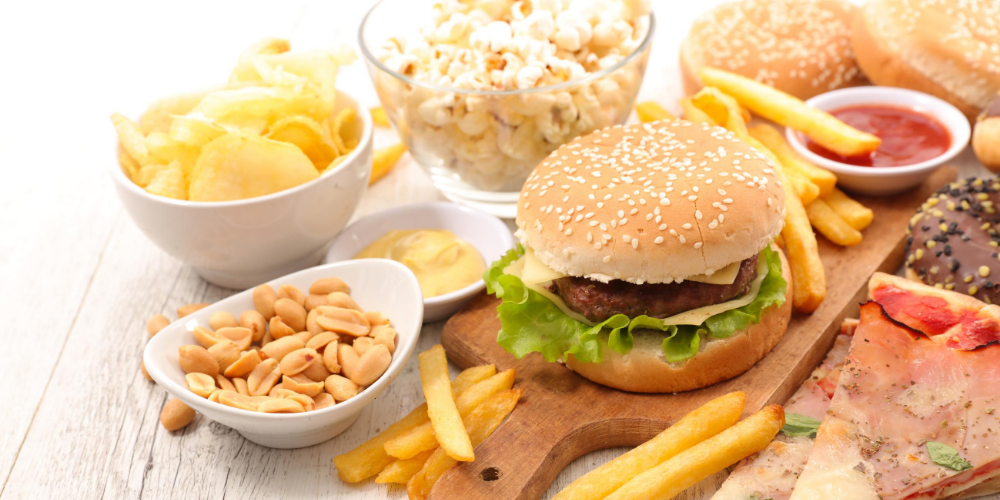

✅ The researchers analyzed, excess body weight will increase the level of cholesterol in the blood. Eating too much saturated fat can cause high cholesterol levels to cause Dyslipidemia. Foods are high in saturated fat, such as beef, pork, veal, milk, and eggs. Packaged foods, canned coconut oil, palm oil, and cocoa butter may also contain high levels of fat.
3.3 Stress


✅ Stress is the cause of many diseases today. High levels of cholesterol in the blood also come from this cause. When tired or under pressure from work, people tend to eat more and exercise less, drink alcohol, and use more stimulants. All this directly leads to increased blood fat levels.
3.4 Lazy mobilization


✅ Exercise is always good for health. Lack of physical activity will increase bad lipoprotein (LDL – increase the likelihood of heart disease), reduce HDL, or good cholesterol. Besides, being inactive also causes blood flow slowly in the arteries and increases the risk of developing atherosclerotic plaques. Excessive activity can both make your body healthy and eliminate the risk of high blood fat.
3.5 Smoking


✅ Smoking will reduce the amount of good HDL cholesterol in your body. The toxins in cigarette smoke also increase the risk of cardiovascular diseases. You should give up the smoking habit now.
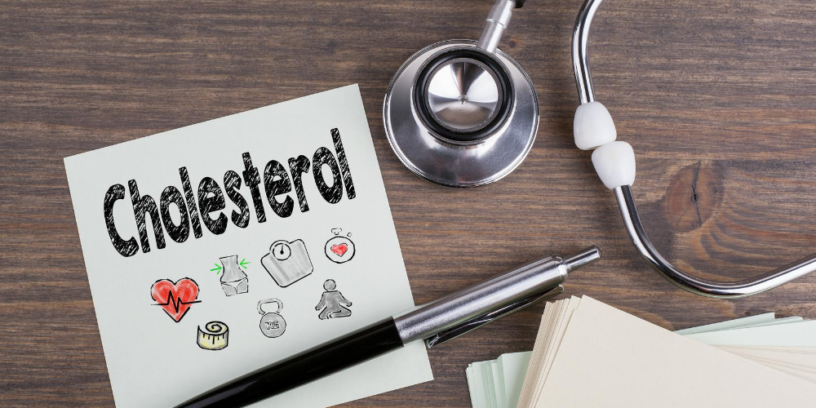
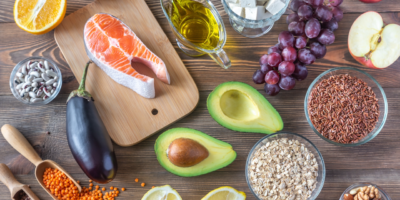
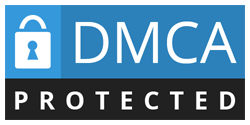

Leave a Reply